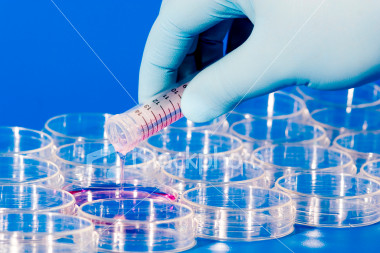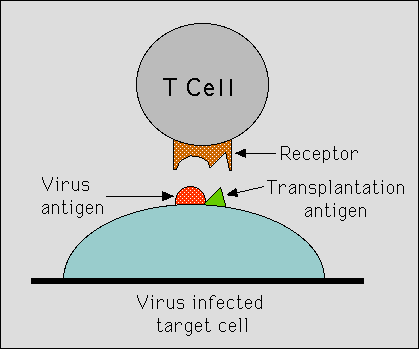Medical biotechnology is vital for the early detection of diseases and the manufacturing of antibiotics. Technicians in this field of biotechnology have been working hard to create such innovations in immunology. Once a drug is produced, it is tested and retested several times to ensure positive treatment for its patients. This provides successful treatment and hope for a possible cure of a certain disease.
The antibiotics made for the human body is essential in fighting disease, but harmful symtoms and overdoses can occur in those who are administered the drug. Patients may experience deep discomfort, hospitilization, and in some severe cases, death.
 | The Department of Immunology and Biotechnology was established in 1991 at the University Medical School of Pécs. Its purpose serves to include independent teaching, a research and development (R&D) unit, and a diagnostic unit. Peter Németh’s research group, which of whom studied in the field of molecular and cellular immunology, began the research and development activities at the university. Between 1981 and 1991, special courses that were held by Peter Németh taught theoretical immunology and immunopathology to any student that was willing to learn. |
In 1996, Nobel Prize in Physiology or Medicine was awarded to Peter C. Doherty and Rolf M. Zinkernagel for their discovery of immune system detection of virus-infected cells. By being able to do so, we now know that the immune system can distinguish the infected cells from the healthy cells.
Doherty and Zinkeragel experimented on T-lymphycytes and infected cells. They concluded that these T-ells were able to destroy the infected cells. A T-cell is a type of blood cell that protects the body from infection. However, in an unexpected discovery, the T-cells did not kill off the infected cells of another strain of an antigen in mice. The problem: these killer T-cells only recognized the infected cells with the "'correct' variant of histocompatibility antigens. Their discovery laid out a new foundation for immunology where immunologists are now able to figure out where exactly the cellular immune system recognizes the infected cell. With this knowledge, the immunologists are able to specifically focus on that region of recognition and develop a vaccination for it. With this discovery, new vaccinations for certain diseases are one step closer. Immunologists are now working with cancers and inflammatory diseases. |  |